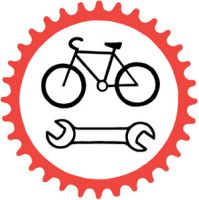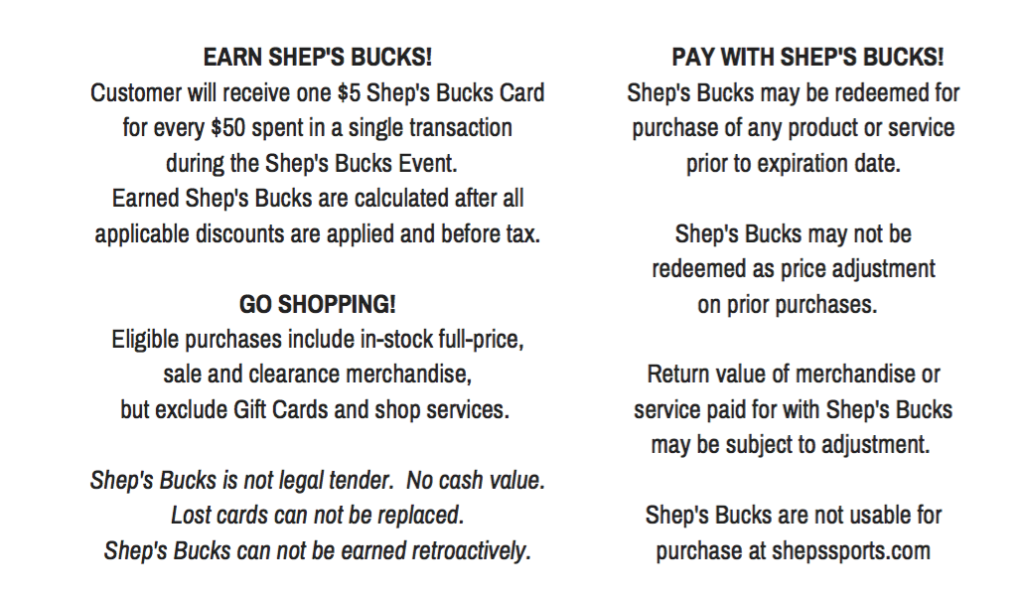Skiers, don’t be sad!
Sure, winter is over, but bike season has begun and it’s an awesome way to take your mind off the snow. If you’re a skier, it’s likely that your second biggest sport or interest is biking. (It’s all about the leg work outs!) There are many forms of biking, so the options or almost endless.
When the snow melts and the warmer weather starts to creep up, I start to commute to work by bike. Once the local trails are dry and opened, it’s time to hit the single track. Nine MIle Recreation Area, located just outside Wausau (at 24 Red Bud Road), is a well-known cross country ski destination in the winter, but by summer it’s a single track heaven.
New to the term “single track”? Single track is defined as a narrow bike track about as wide as the bike itself. The track is sometimes smooth and flowing, but you may encounter rocks, stumps, and double crosses around trees and other obstacles, too, making it fun as well as challenging. At Nine Mile, there are ratings on the tracks, similar to the ratings on ski runs. Green circle indicates easy, Blue square indicates intermediate, and of course, the black diamond is for experts. An awesome web site and phone app you can use to find local single tracks is simply called Single Tracks, online at Singletracks.com.
If you already mountain bike in the summer and love single track, why not give racing a try? During the summer, there are many single track races that are part of the WORS series. This “Wisconsin Off Road Series” is an awesome way to compete, have some fun, and meet new bikers and friends to ride with.
If you’re not interested in the rough terrain of mountain biking, you have another option! Summer road biking is awesome too. It’s a great way to travel a distance in one day and see some scenery. You can make road biking whatever you choose, whether you’re up for a cardio busting speed drill or a casual family stroll on a weekend afternoon, you can tailor your ride to your desire. Getting out and pedaling the back roads will give you a sunnier disposition, a workout, and some fresh air.
Whether you’re going to bike the trails or the roads, it’s crucial to get into the shop and be sure your bike is a good size for you & is tuned and passes all the safety checks. If you end up with a problem mid-ride, it will take away from your fun. And after all, “fun” is what it should be about… just like in skiing!
If you’re a hardcore skier, I would highly suggest you pick yourself up a road bike or a mountain bike! Make the most out of summer and take your mind off the snow at the same time! Don’t walk, just roll!!!
Post written by our ski & bike loving Brian Trybula. Come chat with him about anything “outdoor”!





